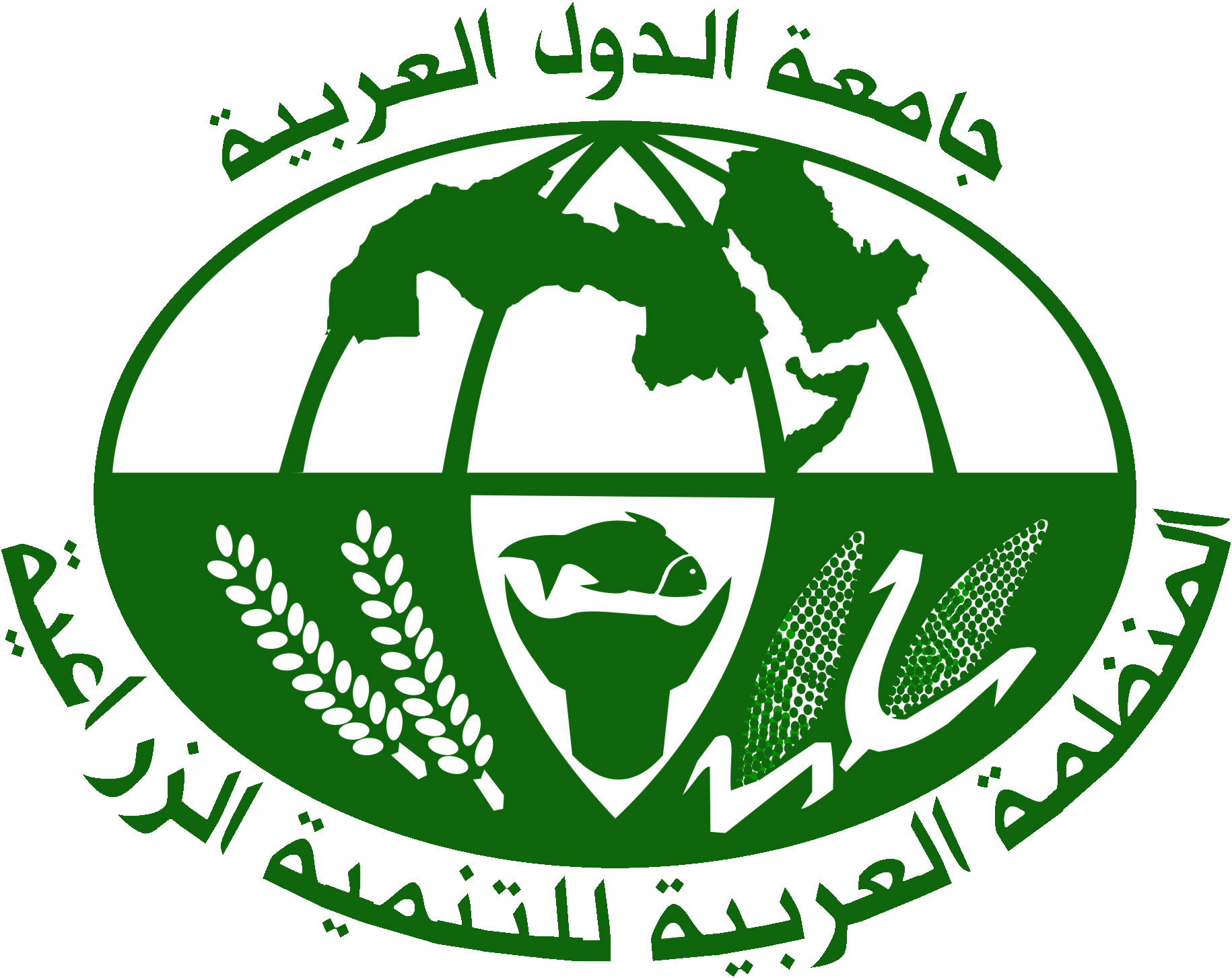جامعة الدول العربية المنظمة العربية للتنمية الزراعية
مكتب الاتحاد الأفريقي للبلدان الأفريقية للموارد الحيوانية (AU-IBAR)
WOAH
الثروة الحيوانية عنصر أساسي في حياة عدد كبير من المجتمعات الريفية والبدوية في العديد من البلدان العربية والإفريقية. وهي المصدر الرئيسي للغذاء وكسب العيش والدخل المالي لتلبية الاحتياجات الأخرى، بالإضافة إلى الوظائف الاجتماعية لأصحابها في رعاية حيواناتهم. كما يشار إلى أن عدد رؤوس الماشية في المنطقة العربية يقدر بنحو (351.87) مليون رأس، بينما يبلغ عدد الماشية في الدول الإفريقية حوالي 1091.8 مليون رأس.
وأما السودان والمغرب والجزائر وموريتانيا والصومال فهي الدول العربية التي لديها أكبر عدد من الماشية في المنطقة العربية، وكلها تقع في القارة الأفريقية. وهناك نيجيريا وإثيوبيا والسودان من بين البلدان الأفريقية التي تملك أكبر عدد من المواشي. أما حجم التجارة بين بلدان المنطقة العربية وأفريقيا جنوب الصحراء الكبرى في العام 2015 فقد بلغ حوالي 41.24 مليار دولار؛ كما بلغت قيمة صادرات الدول العربية إلى جنوب الصحراء الكبرى في أفريقيا حوالي 29.4 مليار دولار، وبلغت قيمة الواردات العربية من الدول الإفريقية حوالي 11.84 مليار دولار. وتقدر المنتجات والسلع الزراعية المستوردة من أفريقيا جنوب الصحراء الكبرى إلى البلدان العربية ب 34.4 ٪ من إجمالي قيمة الواردات العربية التي تقدر بنحو 4.074 مليار دولار. ومن بين أهم الواردات العربية للمنتجات الغذائية من البلدان الإفريقية الحيوانات الحية واللحوم من جميع الأنواع والأسماك والقشريات والأعلاف الحيوانية وغيرها، وتقدر بقيمة 2.489 مليار دولار ، وفقًا للتصنيف الدولي الموحد للتجارة1,2. (SITC)
تلعب الثروة الحيوانية في المناطق العربية والإفريقية دورًا هاماً في توفير الاحتياجات الغذائية للمواطنين في العديد من البلدان في المنطقة. وقد دفع ذلك البلدان إلى إيلاء اهتمام أكبر بالخدمات الصحية والتغذية لقطعانها وتحسين الأنماط الوراثية لزيادة مساهمتها في الأمن الغذائي في المنطقة. وعلى الرغم من هذه الجهود، فالمنتجات الحيوانية لا تغطي سوى جزءًا صغيرًا من احتياجات العديد من البلدان نتيجة للزيادة المطردة في معدل النمو السكاني، ومستويات دخل الفرد المحسَّنة، وانخفاض إنتاجية الوحدة الحيوانية بسبب سوء أنماطها الوراثية واستخدام الأساليب التقليدية في الإنتاج لدى العديد من بلدان المنطقتين. بالإضافة إلى ذلك فإن قيمة صغيرة تضاف فقط إلى عملية التزود بالمنتجات الحيوانية.
هناك عقبات تواجه تطوير واستدامة الإنتاج الحيواني في المناطق العربية والإفريقية، وأهم هذه العقبات ضعف الخدمات البيطرية والحجر الصحي والنقاط الحدودية، فضلاً عن ضعف تطبيق التشريعات والقوانين والإجراءات المتعلقة بالحجر البيطري. وقد أدى ذلك إلى انتشار العديد من الأمراض الحيوانية العابرة للحدود، وخاصة مرض الحمى القلاعية، وحمى الوادي المتصدع Valley Fever Rift، وطاعون المجترات الصغيرة (PPR) وداء البروسيلات Brucellosis، التي أصبحت جميعها عائقًا وتهديدًا لصحة الحيوانات والبشر. وقد أثر هذا بدوره سلبًا على استقرار شعوب المناطق العربية والإفريقية وأمنها الغذائي، وأصبح يشكل تهديدًا للتكامل القاري وعقبة رئيسية أمام التجارة الإقليمية والدولية في الثروة الحيوانية ومنتجاتها.
يعد دور المنظمة العربية للتنمية الزراعية (AOAD) ومكتب الاتحاد الأفريقي المشترك بين البلدان للموارد الحيوانية (AU-IBAR) في مكافحة الأمراض العابرة للحدود جزءًا من الجهود تحقيق أهداف التنمية المستدامة (2030) ، وخاصة فيما يتعلق بتخفيف حدة الفقر والقضاء على الجوع وتحسين مستويات الأمن الغذائي والتغذية في المجتمعات الريفية في المناطق العربية والإفريقية. وتعمل المنظمة العربية للتنمية الزراعية (AOAD) و AU-IBAR والفاو ومنظمة الصحة الحيوانية على تبسيط وتنسيق جهود مختلف البلدان في تنفيذ السياسات الوطنية لتعزيز مراقبة الصحة الحيوانية ومراقبة الحدود ومراقبة الأوبئة والكشف المبكر للأمراض والاستجابة لحالات الطوارئ وتحليل المخاطر من خلال تنفيذ المعايير الموضوعة من قبل المنظمات الدولية الثلاث وهي منظمة الصحة الحيوانية (OIE) ولجنة الكودكس (Codex Alimentarius) ومنظمة الصحة العالمية WHO)) من أجل مكافحة الأمراض الحيوانية العابرة للحدود والأمراض الحيوانية المنشأ المنقولة للإنسان.


